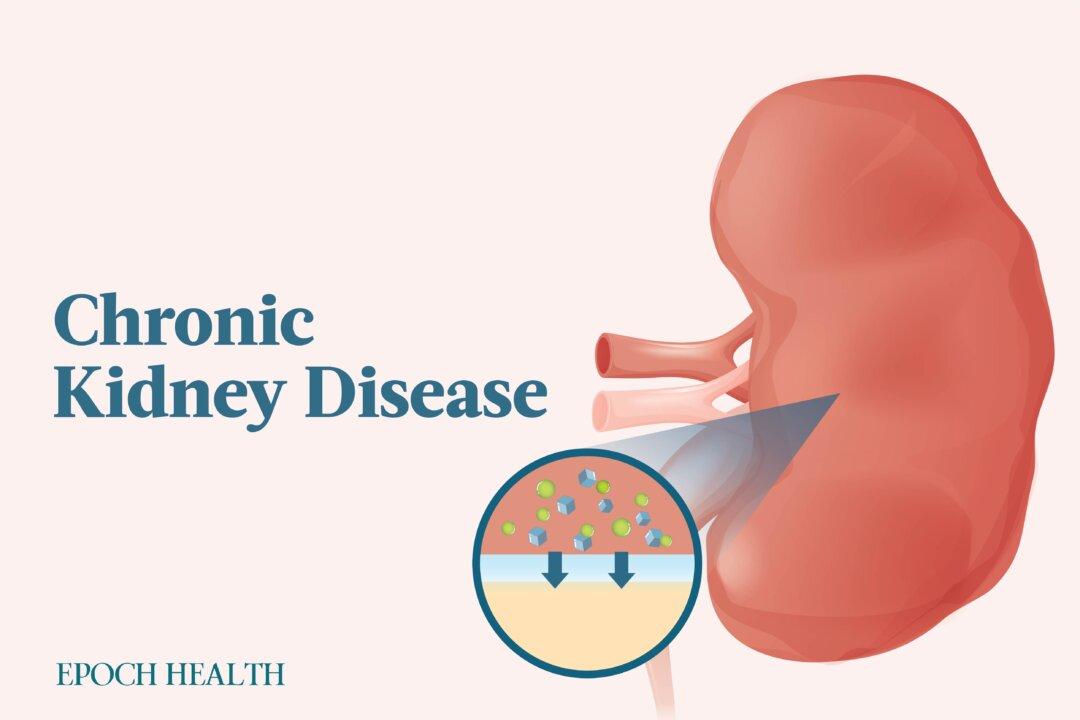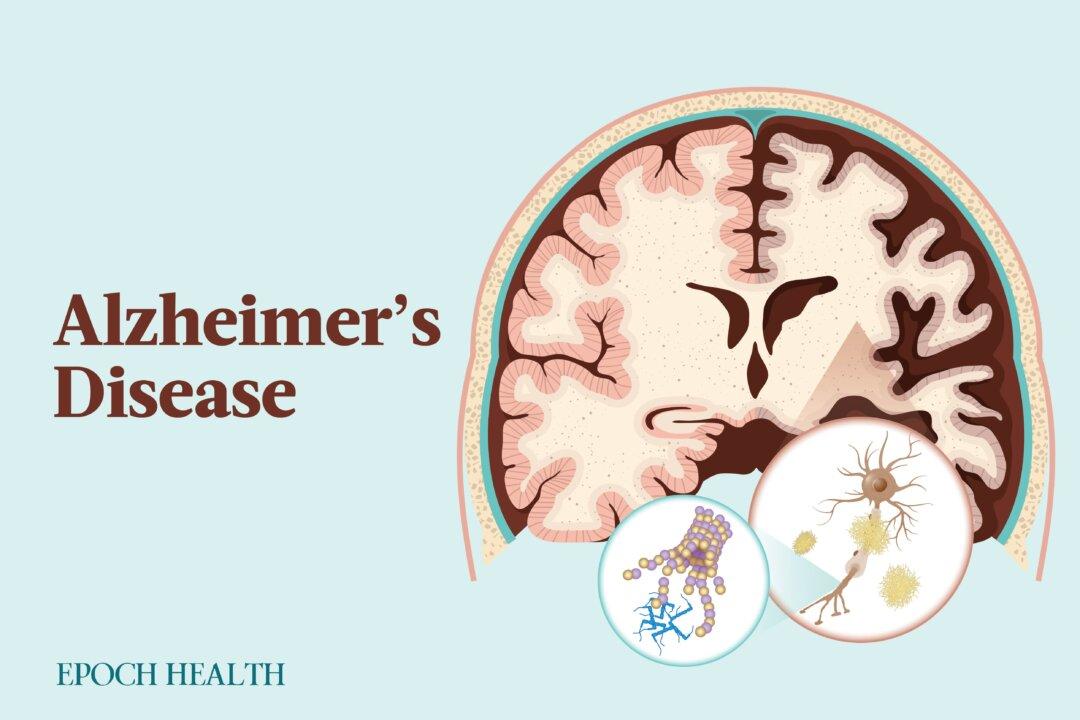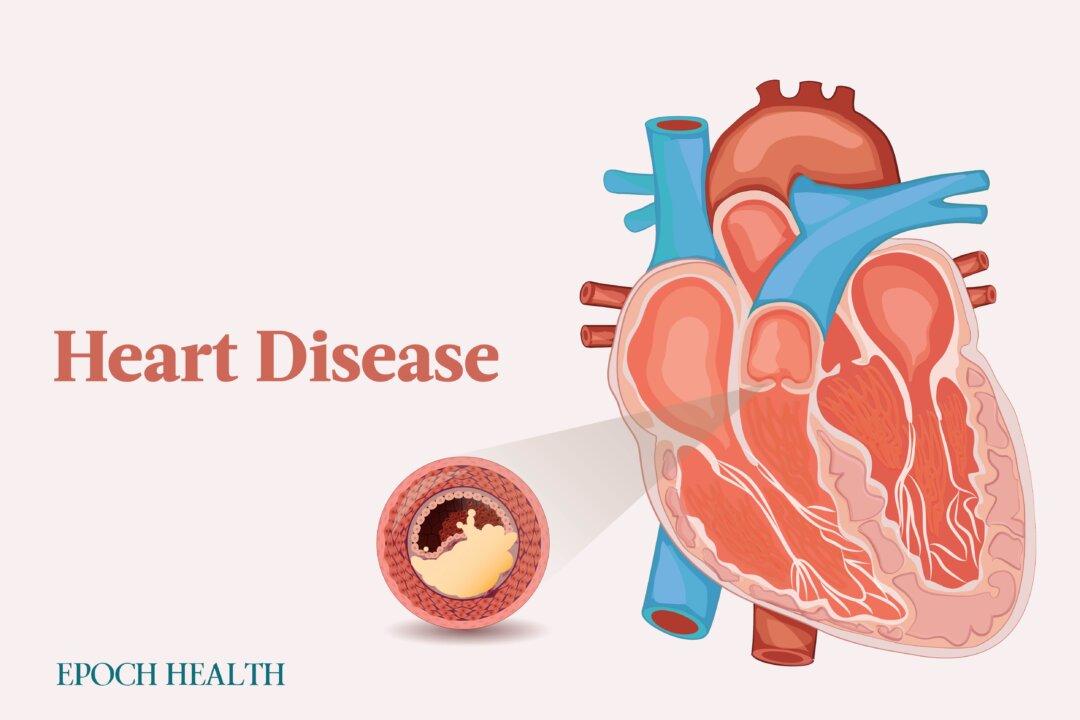Parkinson’s disease affects about 1 million people in North America and over 10 million people around the globe. In the United States alone, Parkinson’s disease occurs in roughly 13 per 100,000 people with around 90,000 new cases detected each year, up from 60,000 in recent years, according to a 2022 Parkinson’s Foundation-backed study.
What Are the Common Types of Parkinson’s Disease?
Parkinson’s disease is a progressive disorder of the nervous system affecting regions of the brain that control balance and movement. Three main types characterize it:Idiopathic Parkinson’s Disease
Idiopathic Parkinson’s disease is the most common type of Parkinson’s and its cause is generally unknown. A person afflicted with idiopathic Parkinson’s disease presents with bradykinesia along with rigidity, tremor, or both. These patients also present with more prominent symptoms on one side of the body than the other. This type affects older people.Early Onset Parkinson’s Disease
Early onset Parkinson’s disease, also known as young-onset Parkinson’s disease, is a type that affects individuals under the age of 60, and generally between the ages of 21 and 50. This type of Parkinson’s is highly challenging and is often associated with psychological and social effects. Early onset Parkinson’s is linked to dystonia, a movement disorder that causes involuntary contractions of muscles, such as tremors, shaking, and ticks.Inherited Parkinson’s Disease
Inherited Parkinson’s disease is linked to genetic inheritance meaning that the genes causing Parkinson’s are passed from generation to generation. This population accounts for approximately 10 to 15 percent of the Parkinson’s patient census. Scientists have found dozens of genes such as LRRK2, PARK7, and SNCA linked to the disease.What Are the Symptoms and Early Signs of Parkinson’s Disease?
Symptoms start slowly and may be barely noticeable at first. For example, a person may experience tremors in just one hand. While tremors are typical in Parkinson’s disease, the disorder may cause stiffness and slowing of movement.People affected by the early stages of Parkinson’s disease may show little or no expression on their faces. Their arms may not swing when they walk, or their speech may become slurred or soft. These symptoms will worsen as the disease progresses over time.






